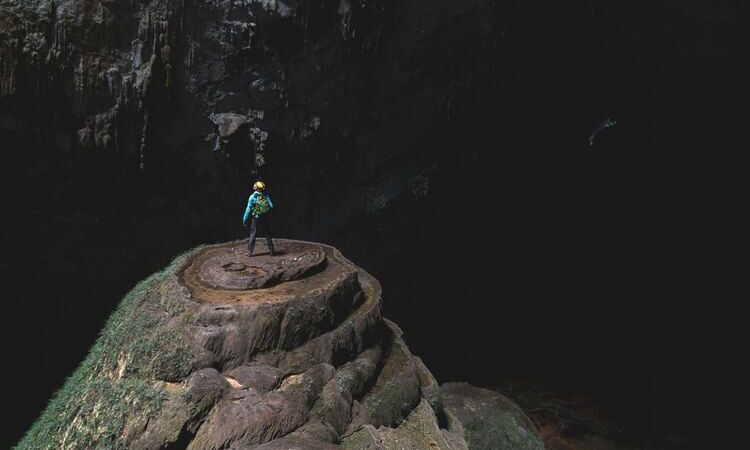Vietnam War Sites Then and Now: Battlefields That Shaped History
50 years have passed since the Vietnam War, yet its battlefields still echo with history. Explore these sites then and now, and see how time has transformed them.
It’s hard to believe it’s been 50 years since the Vietnam War came to an end in April 1975. Back then, the conflict left behind staggering losses, with millions of lives affected and damage on a scale that’s hard to imagine.
But here’s the surprising part: many of the places once scarred by battles, bombings, and resistance in Vietnam have transformed completely. What were once war zones are now quiet valleys, green hills, and even thriving communities. Visiting them today feels like stepping into two timelines at once: the past that shaped history and the present that shows how far Vietnam has come. Let’s discover what’s there for you to explore today.
1. Huu Tiep Lake (Hanoi)
Huu Tiep Lake, meaning “Good News of Victory”, truly lives up to its name. In December 1972, Hanoi and Hai Phong endured some of the heaviest bombings in modern history. For 12 days and nights, American B-52 bombers lit up the skies like falling stars, reducing the cities to rubble and taking the lives of millions of civilians.
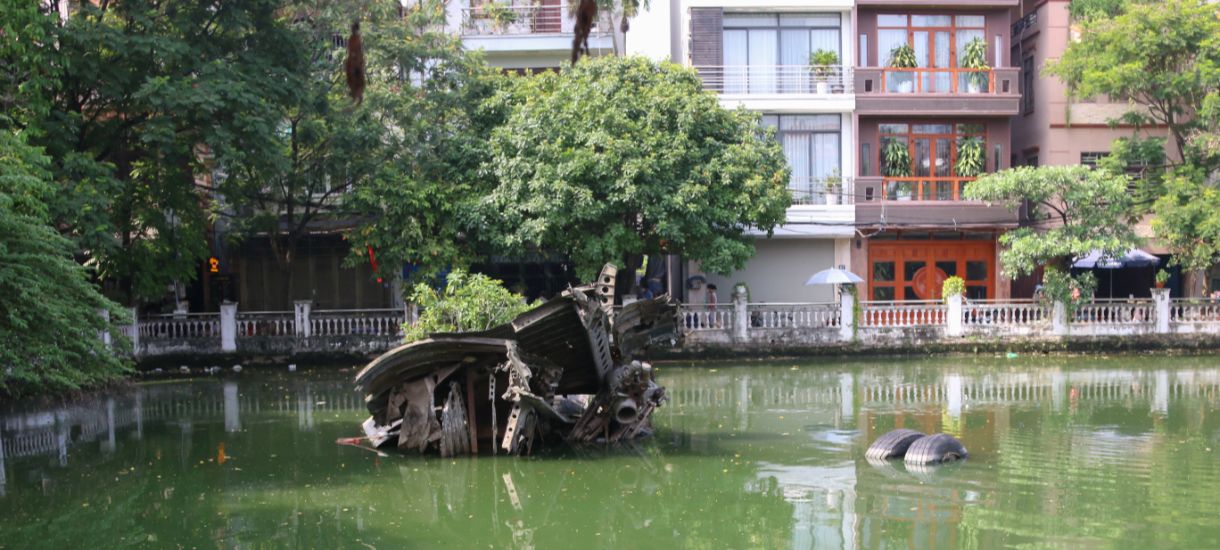
Cre: Reatimes
Among the B-52s, one was shot down into Huu Tiep Lake. Its wreckage still lies there, half-sunken and rusted, a haunting yet powerful reminder of those dramatic nights. But here’s the twist: a green freshwater mangrove sprouted right from the bomber’s rusted body. Locals see it as a symbol that life always outlasts destruction, and that hope and peace will always return.
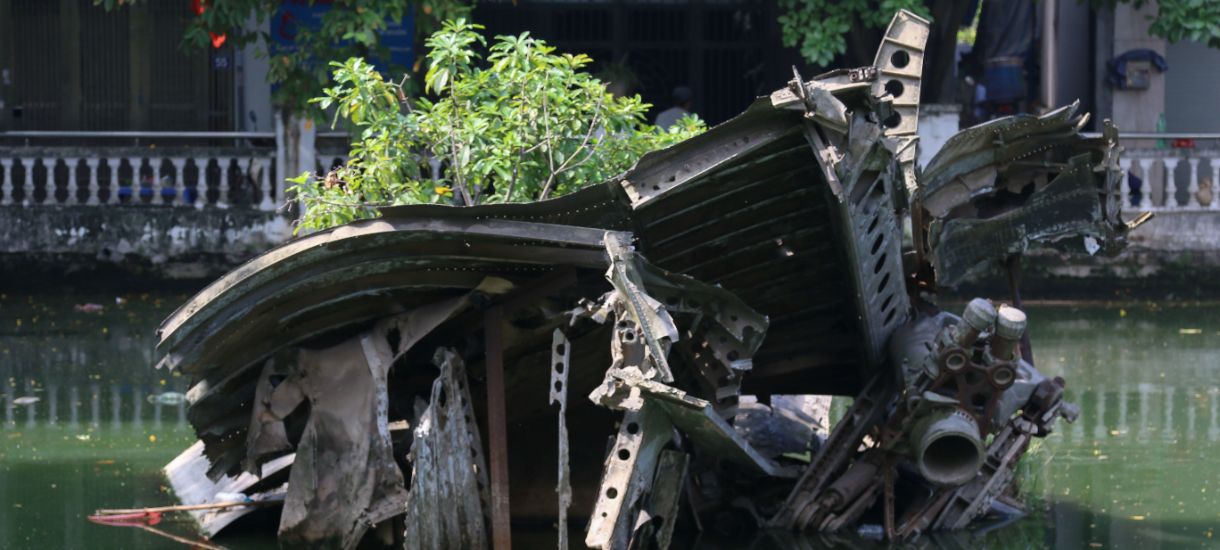
Cre: Reatimes
And that’s not all. Surrounding the lake are homes, with residents who have lived by the water for generations. A place once scarred by war now thrives with everyday life. If you visit, take a slow walk through the narrow streets, greet the locals, and let the stillness of this neighborhood sink in.
2. Vietnamese Demilitarized Zone (Quang Tri)
Look for an off-the-radar adventure? The Vietnamese Demilitarized Zone in Quang Tri will be an unforgettable stop. This narrow strip of land, stretching roughly along the 17th parallel, was created as a buffer zone between North and South Vietnam after the Geneva Accords of 1954.
By the 1960s, though, it had turned into one of the most fiercely bombed frontlines of the Vietnam War. It even gets to the point that, in just 81 days, the ancient Quang Tri Citadel endured 328,000 tons of bombs, a devastation equal to 7 atomic bombs.
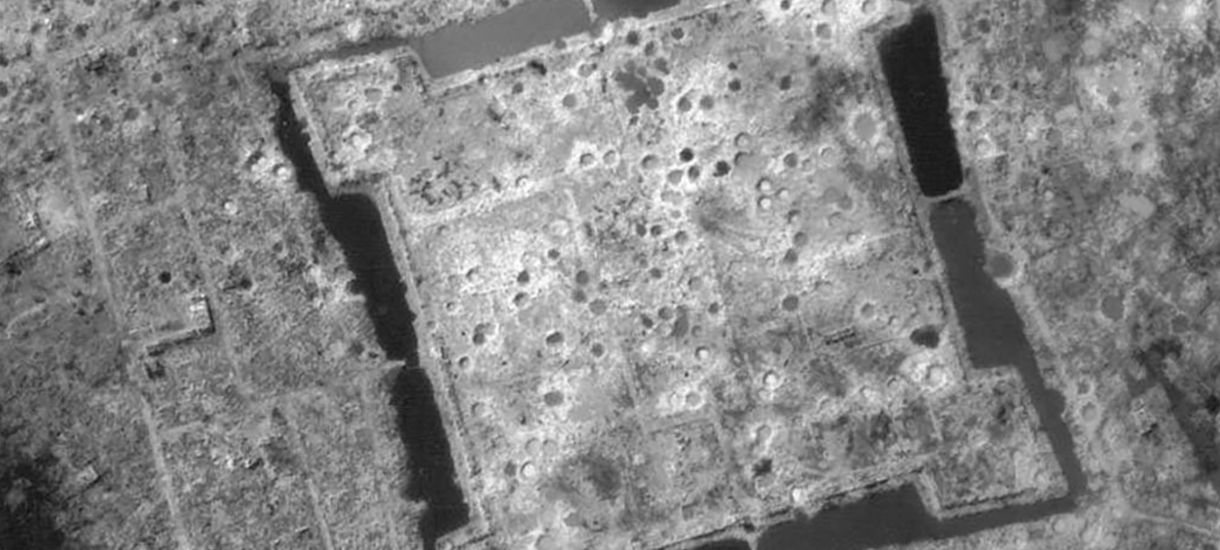
Cre: VnExpress
But out of the darkness of war, life still found a way: the Vinh Moc Tunnels. At first, they were dug simply as shelters from relentless bombings. But as the war dragged on, they became a hidden village beneath the earth. Around 2,000 people made their lives down here, and 17 babies were even born underground, a living proof that hope can bloom anywhere, even in the most unlikely places.
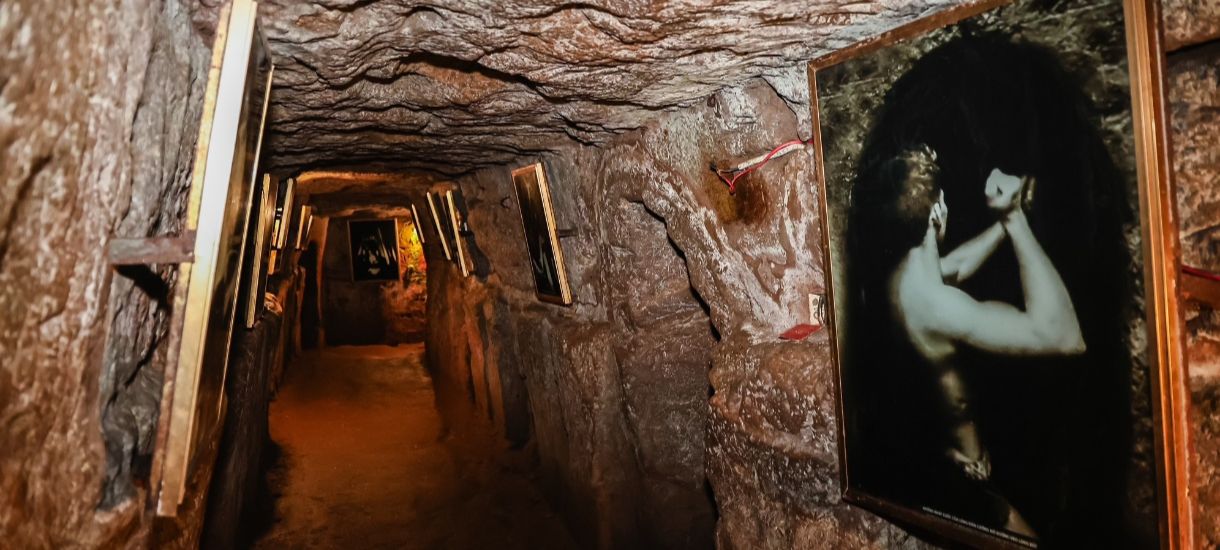
Cre: Tienphong
Today the Demilitarized Zone and Vinh Moc Tunnels are preserved as historical sites that visitors can explore. They’re surprisingly spacious and well-preserved, and as you wander past the chambers and peek into any corner, it’s hard not to pause and imagine what life was like here. Above ground, the world is green and peaceful again, yet underground, the walls still echo with stories of survival, courage, and unshakable spirit.
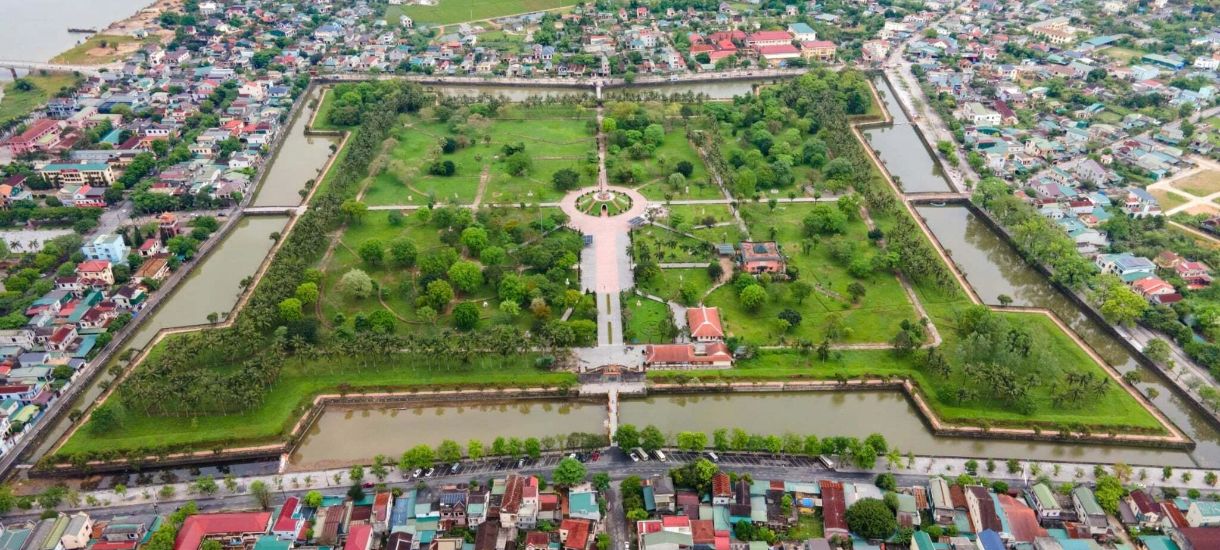
Cre: VnExpress
3. My Lai Memorial (Quang Ngai)
Looking at the lush and green fields of this land, one could never imagine the horrors it once held. On March 16, 1968, My Lai became the site of one of the darkest chapters of the Vietnam War, when American troops massacred unarmed villagers, mostly elders, women, and children. In the hamlet of Son My alone, 504 people lost their lives in just a few hours.
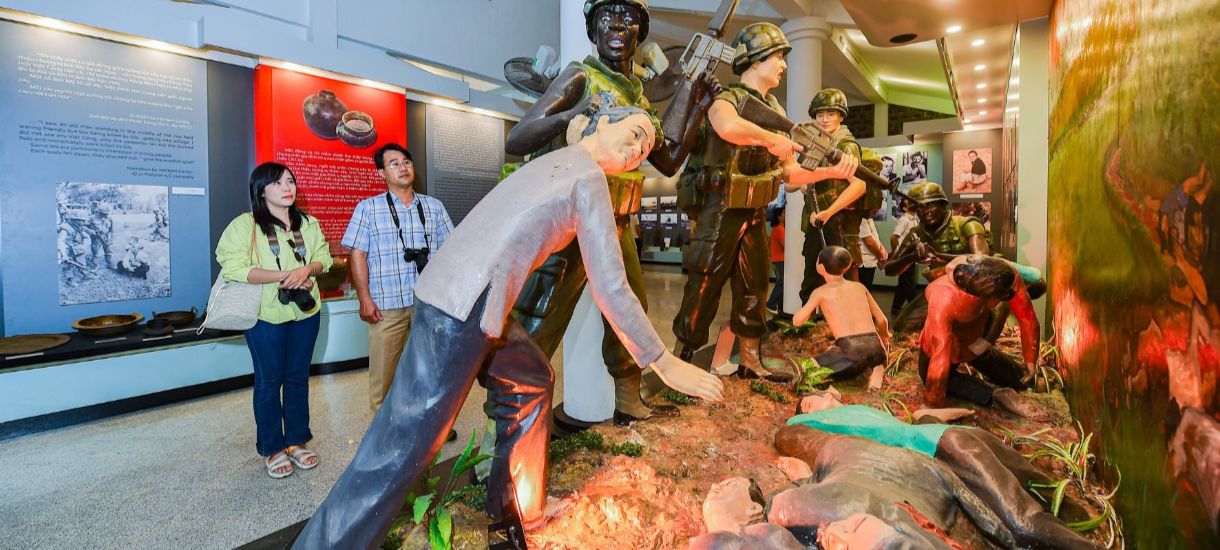
Cre: Bao Hai Duong
The tragedy was hidden for more than a year before the truth came to light, and when it did, it sent shockwaves across the United States. The revelation not only exposed the brutal realities of war but also ignited powerful anti-war protests, changing how many people saw the conflict forever.
1.jpg)
Cre: Bao Hai Duong
Years later, on the same land, many things have changed. The fields grew back, the village was rebuilt, and today My Lai is a place of remembrance and reflection. Walking among the fields, hearing the stories, I’m sure you will feel a profound respect for the resilience of the people who turned heartbreak into a message of peace here.
4. Cu Chi Tunnels (Ho Chi Minh City)
Beneath the quiet countryside of southern Vietnam lies one of the most fascinating legacies of the war: the Củ Chi Tunnels. Stretching over 250 kilometers, this underground maze once connected entire villages and became the heartbeat of the resistance in the South.
First dug in the late 1940s and later expanded during the American War, it sheltered thousands of people who managed to live and fight in the sweltering darkness below.
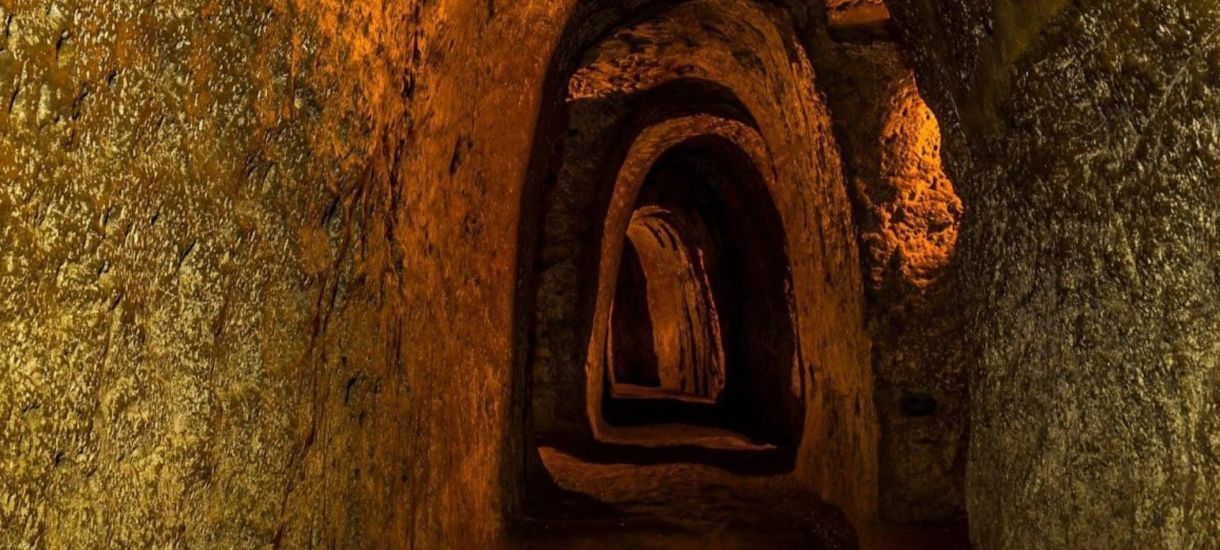
Cre: Travellive+
The tunnels were tiny, so narrow that only small, agile bodies could slip through. Some had two or even three levels, complete with secret trapdoors, air vents disguised on the surface, and hidden exits that popped up in the most unexpected places. Sniper posts and even spike traps made the tunnels a hidden fortress that always kept enemies guessing.
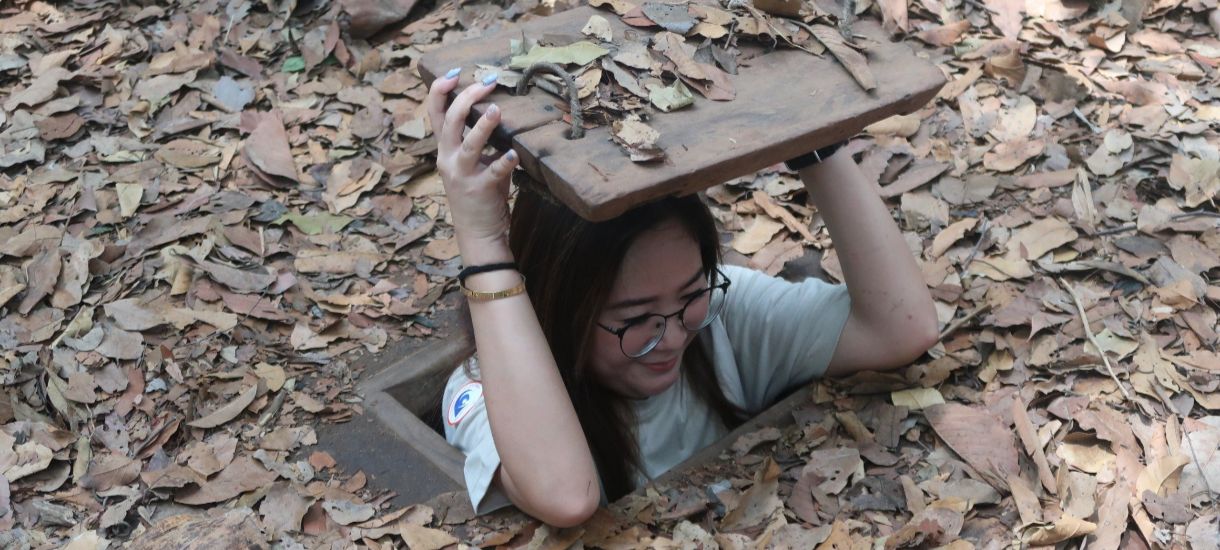
Cre: Y Thanh
Today, you can actually experience this fortress by crawling through short sections of the tunnels and peeking inside hidden chambers. It’s a top thing to do when visiting Vietnam. But watch out, only the brave hearts can endure the tight, dim tunnels and the harsh reality of wars revealed right in front of their eyes.
5. Independence Palace (Ho Chi Minh City)
If you ever pass by the Independence Palace in Saigon, there’s a high chance you’ll mistake it for just another Vietnamese government building. Yet, this is actually a historical site, marking Vietnam’s hard-won independence.
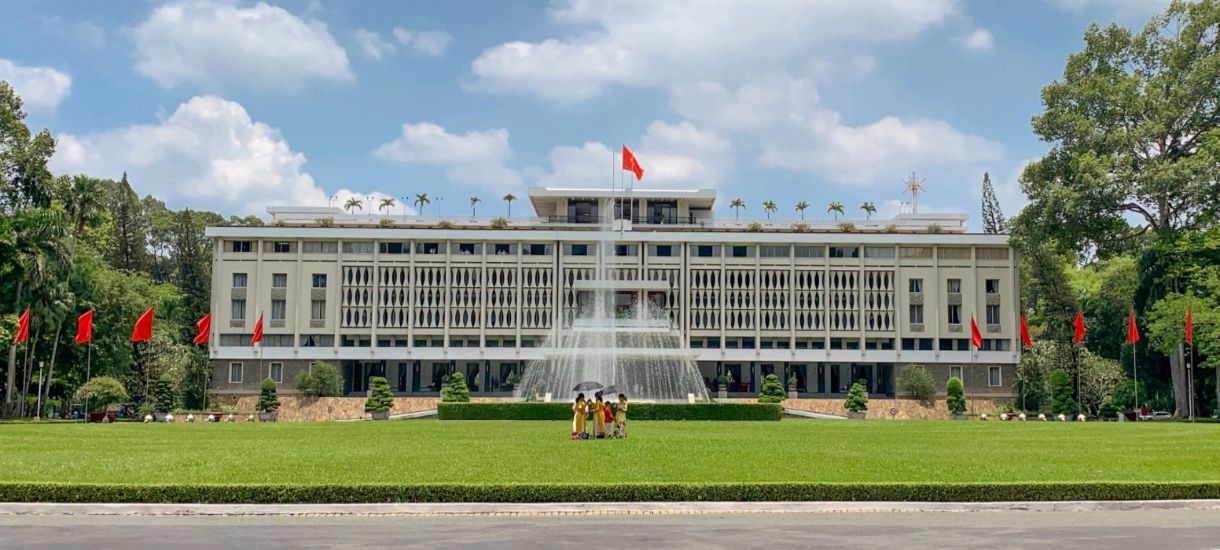
Cre: VnExpress
This building was once the presidential residence of Ngo Dinh Diem’s government (backed by the US), but on April 30, 1975, its gates became the stage for a turning point in history. It was when North Vietnamese tanks rolled in, marking the end of the war and the reunification of Vietnam.
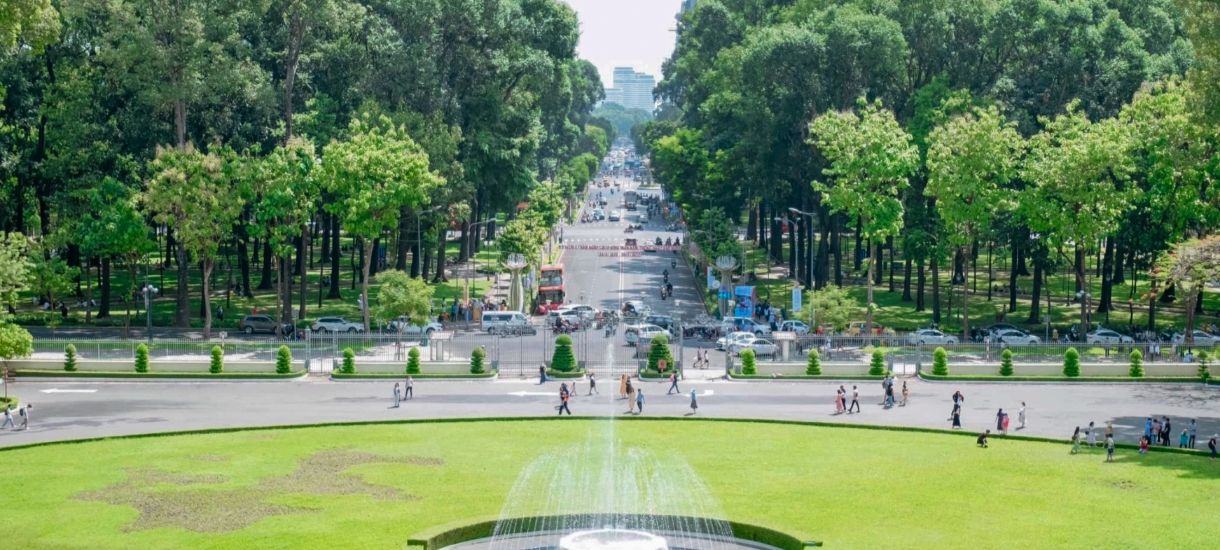
Cre: VnExpress
Unlike other war sites above, Independence Palace is more modern. Instead of soldiers and chaos, you’ll find French colonial structure colliding with Eastern design, retro 70s furniture, grand meeting halls, and wide lawns that feel straight out of a movie set. Among the buzz of Ho Chi Minh City, you can find surprising pockets of peace and quiet inside the Independence Palace.
6. Con Dao Prison (Con Dao)
A prison turned into a school? That’s what happened in Con Dao prison, a haunting yet powerful war site. Through 113 years of presence, this prison complex held around 200,000 political prisoners, and tragically, nearly 20,000 people lost their lives here.
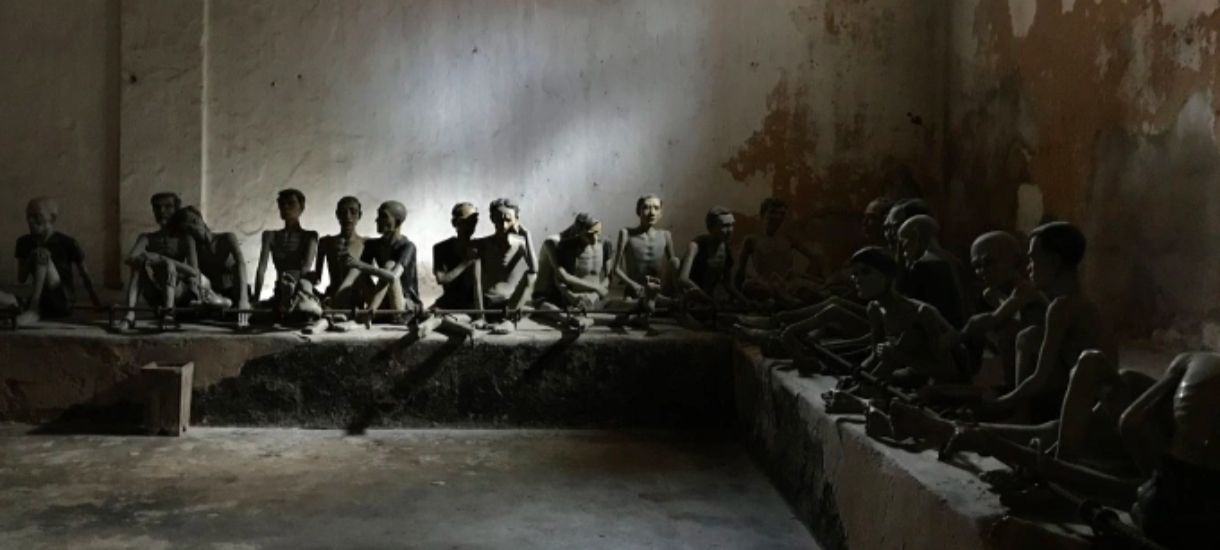
Cre: Tam Linh
This site itself explains why. It’s a maze of stone walls, iron gates, and dim cells where prisoners once endured unimaginable hardships. There are the infamous Tiger Cages, too - some tiny, windowless cells where people were exposed to the burning sun and heavy rains above.
But tragedy isn’t the only story Con Dao Prison tells. Despite the brutal conditions, many prisoners were intellectuals, revolutionaries, and freedom fighters who secretly organized study groups and shared ideas. Instead of being silenced, their will only grew stronger. That’s why many Vietnamese today see Con Dao island as a sacred land, where the spirit of those who once sacrificed still lingers and protects the country’s sea.
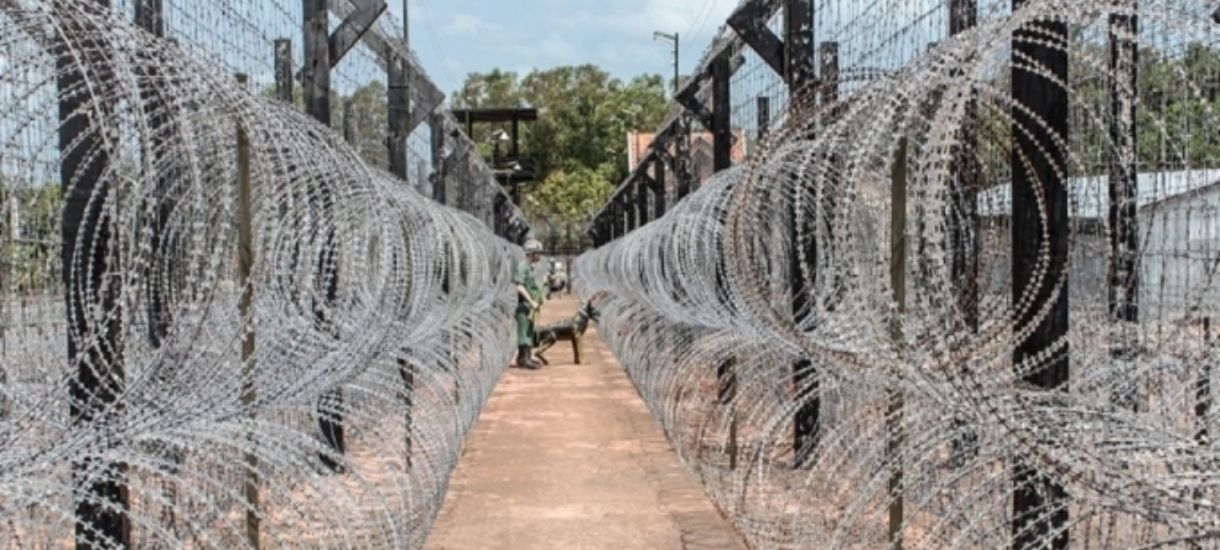
Cre: Hanohiki
History aside, the island is now a peaceful paradise, home to beautiful beaches, crystal-clear waters, and even nesting grounds where sea turtles come to lay their eggs. It’s a rare place where beauty and history stand side by side, waiting for you to discover both.
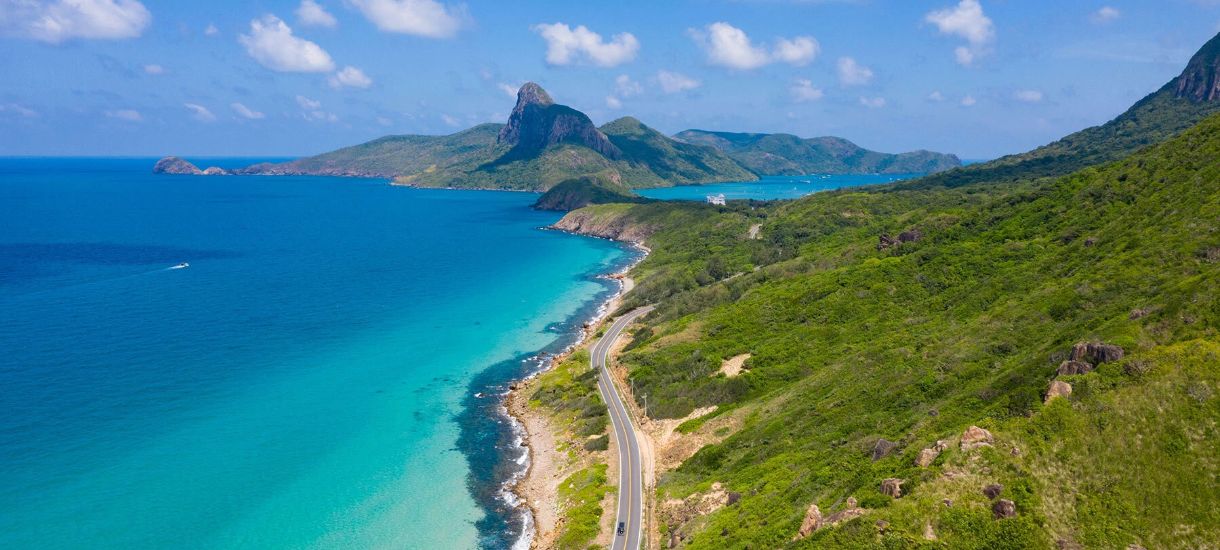
Cre: VnExpress
Back then, these places, Con Dao Prison, the Cu Chi Tunnels, or the Demilitarized Zone, were marked by tragedy and the deep scars of war. Now, they stand amid the beauty of nature and the buzz of modern life. They remind us that Vietnam’s freedom came at a heavy price and immeasurable loss, yet hope and peace continue to thrive. And if these stories and sites aren’t enough to satisfy your curiosity about Vietnam’s rich history, more museums across the country await you to explore.



